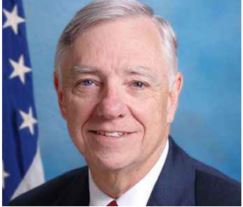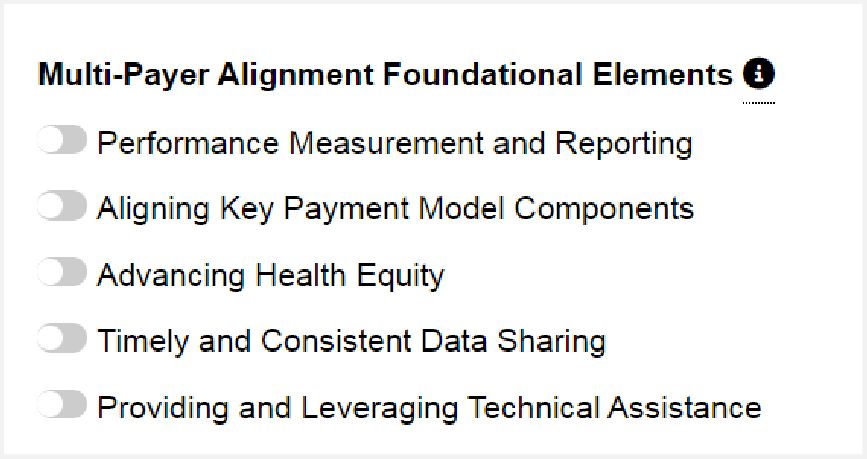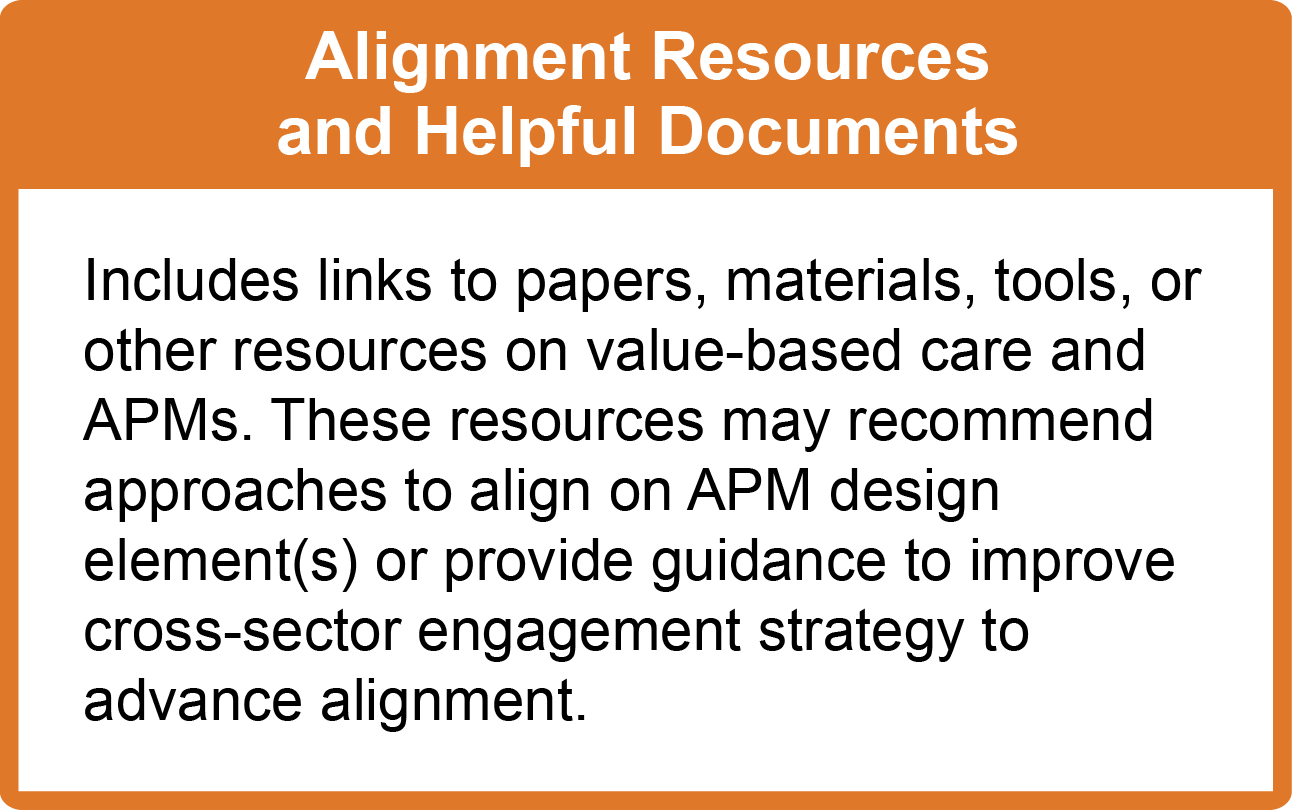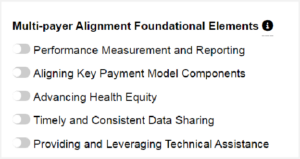Participant Spotlight: Richard Gilfillian
- July 2, 2015
- Posted by: Health Care Payment Learning & Action Network
- Category: Participant Spotlight Interview

 The Health Care Transformation Task Force brings together providers, payers, purchasers, and patient representatives to align public and private sector efforts to transform the U.S. health care system. Dr. Richard Gilfillan, Task Force Chair, spoke with a member of the CAMH team on June 24.
The Health Care Transformation Task Force brings together providers, payers, purchasers, and patient representatives to align public and private sector efforts to transform the U.S. health care system. Dr. Richard Gilfillan, Task Force Chair, spoke with a member of the CAMH team on June 24.
Gilfillan: Our goal is to simplify the path for delivery system transformation for our members and, we hope, more broadly for the country at large, so we can accelerate progress toward a health care system that achieves the Triple Aim. We aspire to leverage the collective experience of our members and share those learnings and recommendations with the entire health care community.
We believe that the central issue is to get payment methodologies in place that support organizations going down this pathway. We have multiple strategies. First, we’d like to set an example and demonstrate what is possible if we make a firm commitment to our aim of having 75% of our respective businesses operating under value-based payment arrangements by 2020. We’ll try to be leaders for the industry. Second, we want to give input to public policy makers to encourage the development of payment models that are optimally supportive of organizations making that transition. Third, we want to develop common approaches to alternative payment models in the private sector so that the private and public sectors are better aligned. Fourth, we’d like to identify best practices for payment and delivery models that we can make available to members and others.
The cornerstone of our strategy is that as a multi-sector organization that includes payers, providers, employers, and consumer representatives, we can develop solutions that are workable for all and in the best interest of the system as a whole.
Gilfillan: It would be useful for the LAN to look at the current environment we’re operating in and ask, given these circumstances, what strategy would best facilitate meeting the Secretary’s goals. Developing a recommended strategy and a set of principles to guide decision making regarding the details of payment policy would be very valuable. Then we can start laying out key issues and opportunities that need to be addressed to encourage people to go down the path.
There is more than enough information about how to deliver higher value care. The really difficult issues are the payment models to promote that and the operational issues between payers, providers, employers, and consumers that get in the way. I think developing shared recommendations around payment issues, like benchmarking and rebasing as well as operational issues like provision of data and waivers, could make a real difference. I think the LAN could also conduct a review of alternative payment models that are in operation today and identify the approaches taken to these key issues. An inventory like this could inform all of our work through sharing the wisdom gained by organizations across the industry over many years. I believe the system is poised to move rapidly toward a new model. However, to get more organizations aggressively moving, we need to create reasonable opportunities for success early on. CMS, and all sectors, will ultimately benefit from the momentum built on early wins.
Gilfillan: We would like to help on those key tasks of developing a strategy and priority issues to be addressed. We have already done some work in these areas, including defining “what counts” toward our goal of 75% of our businesses in valuebased payment by 2020, as well as helping to identify standardized approaches to issues like simplifying quality measures, beneficiary attestation, and benchmarking that could be used across public and private sectors. Aligning these efforts will simplify and accelerate the work of transformation for everyone. We look forward to sharing all the work we have done to date and want to be very engaged and supportive of the LAN’s efforts.
Additional Task Force information is available at www.hcttf.org.


















 Emily DuHamel Brower, M.B.A., is senior vice president of clinical integration and physician services for Trinity Health. Emphasizing clinical integration and payment model transformation, Ms. Brower provides strategic direction related to the evolving accountable healthcare environment with strong results. Her team is currently accountable for $10.4B of medical expense for 1.6M lives in Medicare Accountable Care Organizations (ACOs), Medicare Advantage, and Medicaid and Commercial Alternative Payment Models.
Emily DuHamel Brower, M.B.A., is senior vice president of clinical integration and physician services for Trinity Health. Emphasizing clinical integration and payment model transformation, Ms. Brower provides strategic direction related to the evolving accountable healthcare environment with strong results. Her team is currently accountable for $10.4B of medical expense for 1.6M lives in Medicare Accountable Care Organizations (ACOs), Medicare Advantage, and Medicaid and Commercial Alternative Payment Models. Mr. James Sinkoff is the Deputy Executive Officer and Chief Financial Officer for Sun River Health (formerly known as Hudson River HealthCare), and the Chief Executive Officer of Solutions 4 Community Health (S4CH); an MSO serving FQHCs and private physician practices.
Mr. James Sinkoff is the Deputy Executive Officer and Chief Financial Officer for Sun River Health (formerly known as Hudson River HealthCare), and the Chief Executive Officer of Solutions 4 Community Health (S4CH); an MSO serving FQHCs and private physician practices. Victor is the Chief Medical Officer for TennCare, Tennessee’s Medicaid Agency. At TennCare, Victor leads the medical office to ensure quality and effective delivery of medical, pharmacy, and dental services to its members. He also leads TennCare’s opioid epidemic strategy, social determinants of health, and practice transformation initiatives across the agency. Prior to joining TennCare, Victor worked at Evolent Health supporting value-based population health care delivery. In 2013, Victor served as a White House Fellow to the Secretary of Health and Human Services. Victor completed his Internal Medicine Residency at Emory University still practices clinically as an internist in the Veteran’s Affairs Health System.
Victor is the Chief Medical Officer for TennCare, Tennessee’s Medicaid Agency. At TennCare, Victor leads the medical office to ensure quality and effective delivery of medical, pharmacy, and dental services to its members. He also leads TennCare’s opioid epidemic strategy, social determinants of health, and practice transformation initiatives across the agency. Prior to joining TennCare, Victor worked at Evolent Health supporting value-based population health care delivery. In 2013, Victor served as a White House Fellow to the Secretary of Health and Human Services. Victor completed his Internal Medicine Residency at Emory University still practices clinically as an internist in the Veteran’s Affairs Health System. Dr. Brandon G. Wilson, DrPH, MHA (he, him, his) joined Community Catalyst as the Director of the Center for Consumer Engagement in Health Innovation, where he leads the Center in bringing the community’s experience to the forefront of health systems transformation and health reform efforts, in order to deliver better care, better value and better health for every community, particularly vulnerable and historically underserved populations. The Center works directly with community advocates around the country to increase the skills and power they have to establish an effective voice at all levels of the health care system. The Center collaborates with innovative health plans, hospitals and providers to incorporate communities and their lived experience into the design of systems of care. The Center also works with state and federal policymakers to spur change that makes the health system more responsive to communities. And it provides consulting services to health plans, provider groups and other health care organizations to help them create meaningful structures for engagement with their communities.
Dr. Brandon G. Wilson, DrPH, MHA (he, him, his) joined Community Catalyst as the Director of the Center for Consumer Engagement in Health Innovation, where he leads the Center in bringing the community’s experience to the forefront of health systems transformation and health reform efforts, in order to deliver better care, better value and better health for every community, particularly vulnerable and historically underserved populations. The Center works directly with community advocates around the country to increase the skills and power they have to establish an effective voice at all levels of the health care system. The Center collaborates with innovative health plans, hospitals and providers to incorporate communities and their lived experience into the design of systems of care. The Center also works with state and federal policymakers to spur change that makes the health system more responsive to communities. And it provides consulting services to health plans, provider groups and other health care organizations to help them create meaningful structures for engagement with their communities. Tamara Ward is the SVP of Insurance Business Operations at Oscar Health, where she leads the National Network Contracting Strategy and Market Expansion & Readiness. Prior to Oscar she served as VP of Managed Care & Network Operations at TriHealth in Southwest Ohio. With over 15 years of progressive health care experience, she has been instrumental driving collaborative payer provider strategies, improving insurance operations, and building high value networks through her various roles with UHC and other large provider health systems. Her breadth and depth of experience and interest-based approach has allowed her to have success solving some of the most complex issues our industry faces today. Tam is passionate about driving change for marginalized communities, developing Oscar’s Culturally Competent Care Program- reducing healthcare disparities and improving access for the underserved population. Tamara holds a B.A. from the University of Cincinnati’s and M.B.A from Miami University.
Tamara Ward is the SVP of Insurance Business Operations at Oscar Health, where she leads the National Network Contracting Strategy and Market Expansion & Readiness. Prior to Oscar she served as VP of Managed Care & Network Operations at TriHealth in Southwest Ohio. With over 15 years of progressive health care experience, she has been instrumental driving collaborative payer provider strategies, improving insurance operations, and building high value networks through her various roles with UHC and other large provider health systems. Her breadth and depth of experience and interest-based approach has allowed her to have success solving some of the most complex issues our industry faces today. Tam is passionate about driving change for marginalized communities, developing Oscar’s Culturally Competent Care Program- reducing healthcare disparities and improving access for the underserved population. Tamara holds a B.A. from the University of Cincinnati’s and M.B.A from Miami University.


 Dr. Peter Walsh joined the Colorado Department of Health Care Policy and Financing as the Chief Medical Officer on December 1, 2020. Prior to joining HCPF, Dr. Walsh served as a Hospital Field Representative/Surveyor at the Joint Commission, headquartered in Oakbrook Terrace, Illinois.
Dr. Peter Walsh joined the Colorado Department of Health Care Policy and Financing as the Chief Medical Officer on December 1, 2020. Prior to joining HCPF, Dr. Walsh served as a Hospital Field Representative/Surveyor at the Joint Commission, headquartered in Oakbrook Terrace, Illinois.








